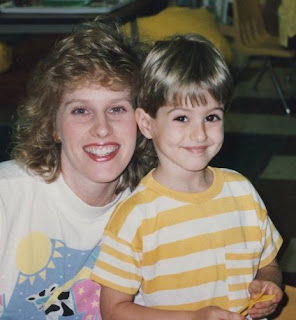My son Scott had surgery to remove a "mass" in his bladder...
Going into surgery, we weren't too worried... just look at us...
As his Urologist didn't think it would be "anything to worry about"
January 16, 2012
We received the biopsy news... the "mass" was cancer... Scott had bladder cancer...
Diagnosed just about 2 years after my Myeloma diagnosis
Seriously!!!
Well that was then-
And this is now...
January 10, 2013 one year later... Scott's still cancer FREE :) and living life to the fullest!!
And remember the 2012 "bucket list trip" :
But I can't help but wonder... was cancer brewing in both of us... back in the days of childhood innocence?
We're both winning
Scott's cancer free
And I'm still in Remission
(Unless I find out otherwise, at my City of Hope oncology check tomorrow!)
Stay tuned...
Live happy, live well, and make a difference somewhere, somehow, with someone or something as often as you can!


.jpg)



Julie, I just love reading good news and seeing such beautiful pictures of health and happiness! Praying for more of the same tomorrow! We faced much of the same when our 29 year old daughter was diagnosed with thyroid cancer after having her thyroid removed in September of this year. How on earth? She is fine and just being monitored as they believe they got it all during surgery. Blessed for sure!
ReplyDeleteJulie,Great Pictures!2012 started off on a bad note but glad
ReplyDeleteit ended so positvely.Hoping 2013 is good all year long.Let us
know the results of your last doctor visit.